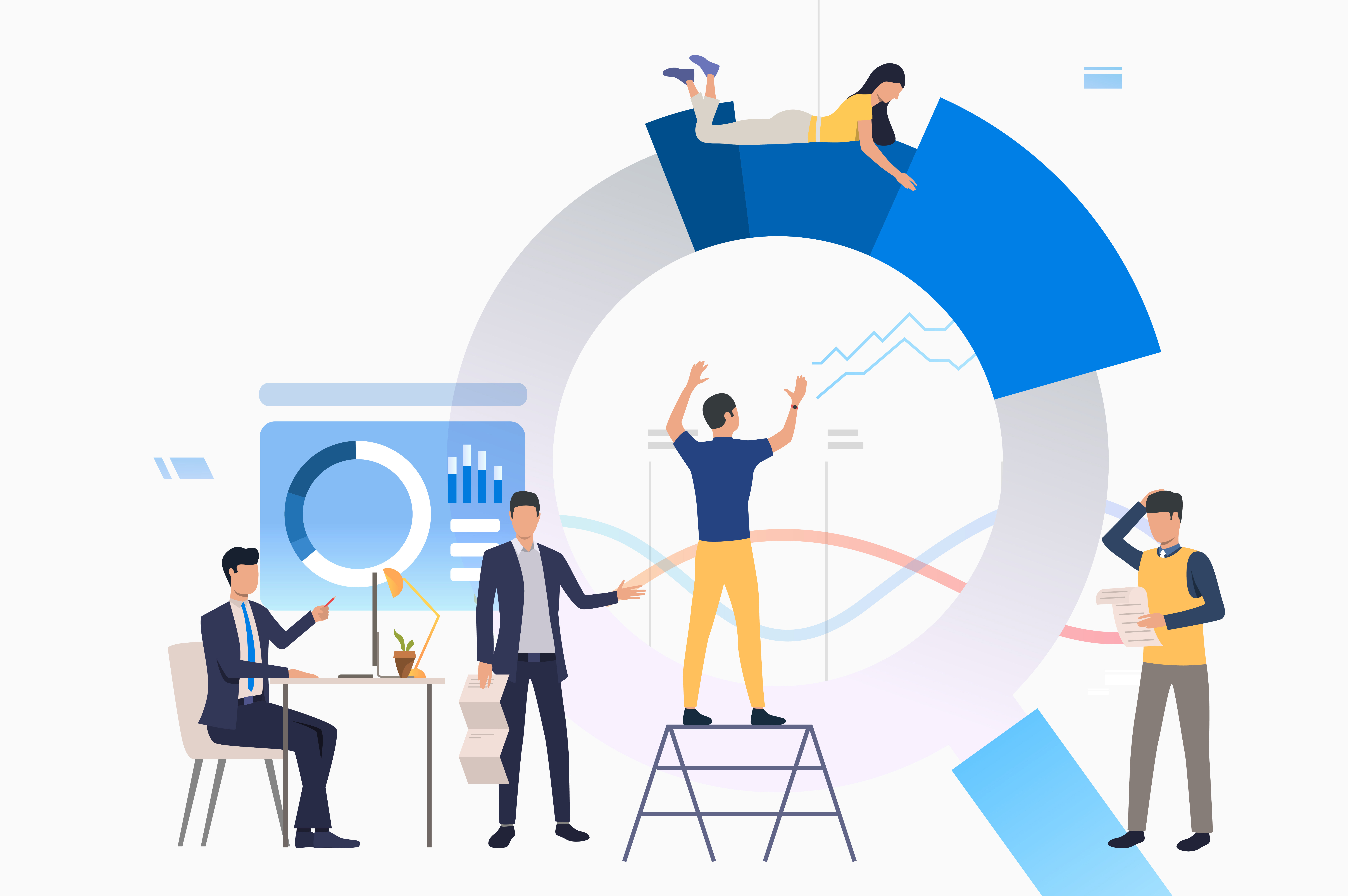In today’s fast-paced, data-driven workplace, managing performance is more complex than ever. Leaders juggle countless sources of information—1:1 notes, OKR updates, survey results, reviews, and individual development plans (IDPs). When this data is scattered across spreadsheets, emails, and disconnected tools, it creates a fragmented view of employee performance and potential.
This lack of cohesion doesn’t just waste time; it limits the actionable insights that could drive alignment, engagement, and organizational success. That’s why consolidating performance data into a single platform isn’t just convenient—it’s a game changer for modern teams.
The Problems with Disconnected Performance Data
Missed Connections Between Key Insights
Imagine a scenario where an employee’s recent survey results indicate low engagement, but their manager’s 1:1 notes reveal they’re working overtime to meet stretched OKR deadlines. Without a centralized platform to connect these dots, it’s easy to miss the bigger picture: this employee may be at risk of burnout.
Time-Consuming, Manual Processes
Fragmented systems mean managers spend hours chasing down updates, cross-referencing data, or manually compiling reports. This inefficiency takes away from the real work of coaching employees, driving results, and fostering team growth.
Limited Visibility Across Teams and Trends
When data is siloed, it’s nearly impossible to spot trends at a team or organizational level. Without consolidated insights, leaders lack the ability to address systemic issues, like disengagement, misalignment, or skill gaps, before they escalate.
The Benefits of Centralized Performance Data
A Holistic View of Performance
By integrating 1:1 notes, OKR progress, survey responses, review results, and IDP updates into a single platform, you get a complete picture of an employee’s journey. This allows managers to see how goals, feedback, and growth opportunities intersect, enabling more informed decisions and meaningful conversations.
Enhanced Decision-Making with Cross-Context Insights
Centralized performance data gives leaders the ability to connect the dots between metrics. For example, if survey results show high engagement in teams with clear OKR progress, that insight can drive targeted strategies across other teams. Similarly, integrating feedback from reviews with IDP progress helps prioritize development opportunities aligned with organizational needs.
Improved Alignment and Accountability
A unified platform ensures everyone is on the same page. Employees can see how their work connects to team goals, while managers can track progress and provide real-time feedback. This transparency builds trust, increases accountability, and strengthens alignment across the board.
Streamlined Processes and Time Savings
With everything in one place, managers spend less time gathering and reconciling data and more time focusing on strategy and development. Automated insights and dashboards make it easier to stay on top of performance trends without the manual lift.
Easier Trend Analysis Over Time
Consolidating data allows for deeper, longer-term analysis. You can track how engagement scores, OKR completion rates, and IDP progress evolve over time, providing valuable insights into what’s working—and what’s not. This helps identify high performers, pinpoint areas of risk, and create proactive strategies for success.
The Value for Managers, HR, and Employees
- For Managers: A centralized platform simplifies the work of tracking progress, giving feedback, and coaching employees. It ensures managers are armed with the insights they need for impactful 1:1s and performance reviews.
- For HR Teams: Having all performance data in one place means HR can quickly identify trends, address systemic issues, and report on organizational health with confidence.
- For Employees: Centralized performance data creates clarity and transparency. Employees can see how their work contributes to larger goals and how feedback or reviews inform their growth paths.
How Centralized Performance Data Fuels Organizational Success
Bringing all your performance data together creates a ripple effect throughout your organization. With connected insights, you can:
- Drive better alignment: Ensure teams and individuals stay focused on shared goals.
- Foster growth and development: Provide clear, actionable feedback that ties directly to goals and skills.
- Reduce attrition: Spot early warning signs of disengagement or burnout and intervene before it’s too late.
- Optimize resources: Use data to prioritize initiatives that have the highest impact.
Conclusion: The Power of One Platform
A single, integrated performance platform doesn’t just simplify data management—it transforms it into a strategic advantage. By consolidating your performance data, you create the foundation for smarter decisions, stronger alignment, and more meaningful employee development.
Recent Posts
Browse all articles


.svg)



